Cooking a turkey is a relatively straightforward process, but there are several steps that need to be followed in order to ensure that the bird is cooked properly. Now, I will outline the necessary steps for cooking a turkey, as well as provide some tips for ensuring that your bird turns out beautifully. Let’s get started!
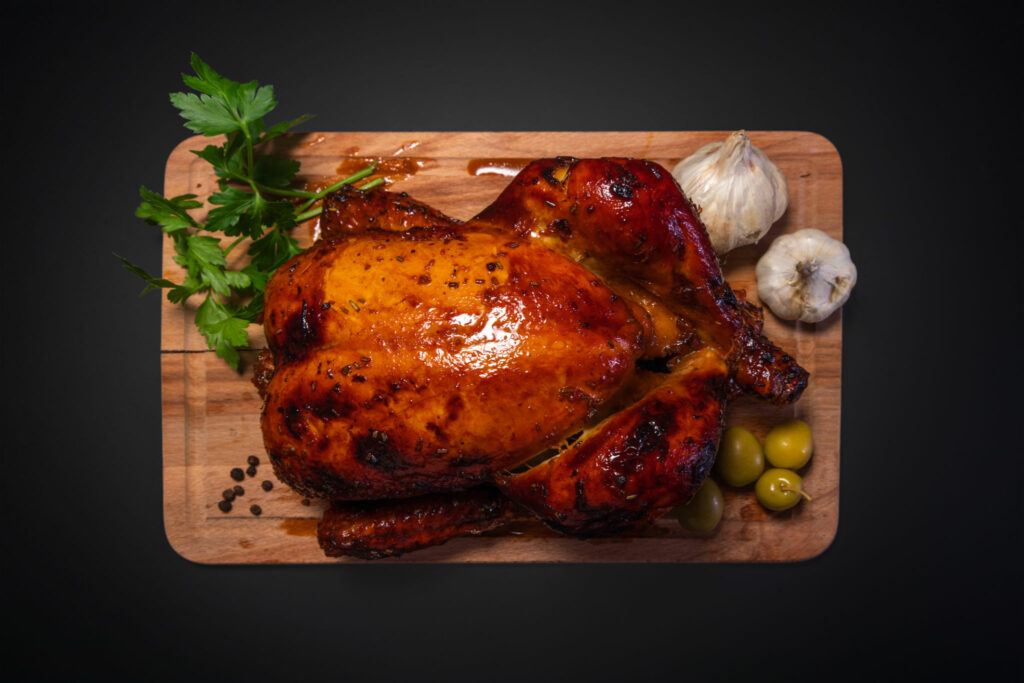
What Are The Different Ways To Cook A Turkey – Oven, Stovetop, Or Microwave?
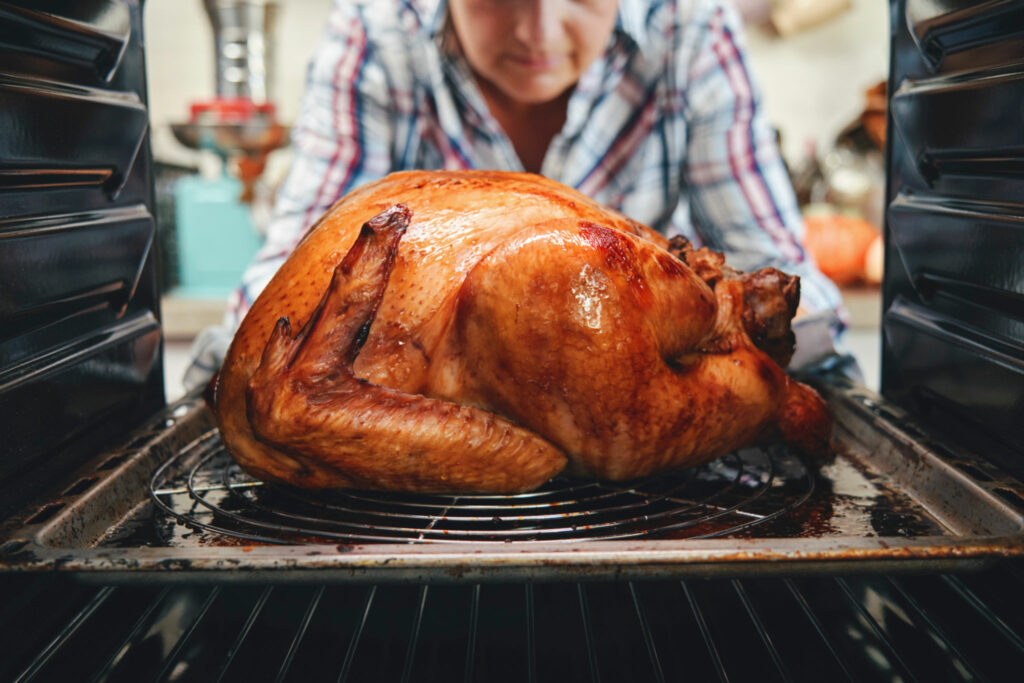
As there are several ways to cook a turkey, the method that you choose will likely depend on your personal preferences. Let’s take a look at the other methods that you can use to cook your turkey.
· Oven:
This is the most common method for cooking a turkey. To cook a turkey in the oven, you will need to place the bird in an oven-safe baking dish or roasting pan.
You will then need to preheat your oven to the proper temperature (usually between 325 and 350 degrees Fahrenheit). Once the oven is preheated, you can cook your turkey.
· Stovetop:
If you don’t have an oven, or if you prefer not to use one, you can cook your turkey on the stovetop. To do this, you’ll need to place the turkey in a large pot or Dutch oven.
You’ll then need to add enough water or other liquid (such as broth) to cover the turkey. Once the liquid is added, you can bring it to a simmer and cook the turkey. With this method, it is important to check the turkey regularly to make sure that it is cooked through.
· Microwave:
You can cook your turkey in a microwave. This is generally not recommended, as microwaves can dry out the turkey and makes it tough. Some people do cook their turkey in the microwave, though, so if you choose to do this, make sure you know your microwave’s wattage and cook time.
What Are The Different Types Of Turkey – Whole, Turkey Breast, Or Turkey Pieces?
As with the cooking method, the type of turkey that you choose will likely depend on your personal preferences. Let’s take a look at the different types of turkey that you can purchase.
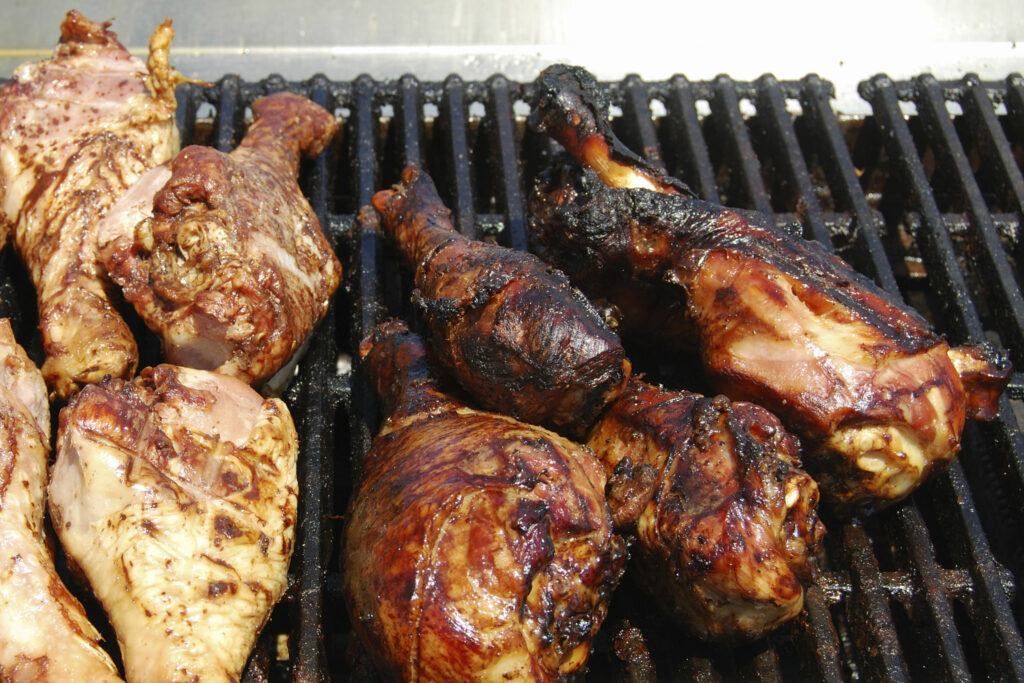
· Whole Turkey:
A whole turkey is the entire bird, including the legs, thighs, wings, and breast. This is the most common type of turkey sold. It can be roasted, grilled, or smoked. But if you smoke, make sure that you have the best wood for smoking turkey.
· Turkey Breast:
A turkey breast is the upper part of the bird, without the legs or wings. Turkey breasts are usually sold boneless and skinless. While they are more expensive than a whole turkey, they are also easier to cook.
· Turkey Pieces:
Turkey pieces are individual parts of the bird, such as the leg or wing. Turkey pieces are often sold frozen. When purchasing turkey pieces, make sure that you know how many people you will be feeding, as they can be difficult to estimate.
How To Cook A Turkey?
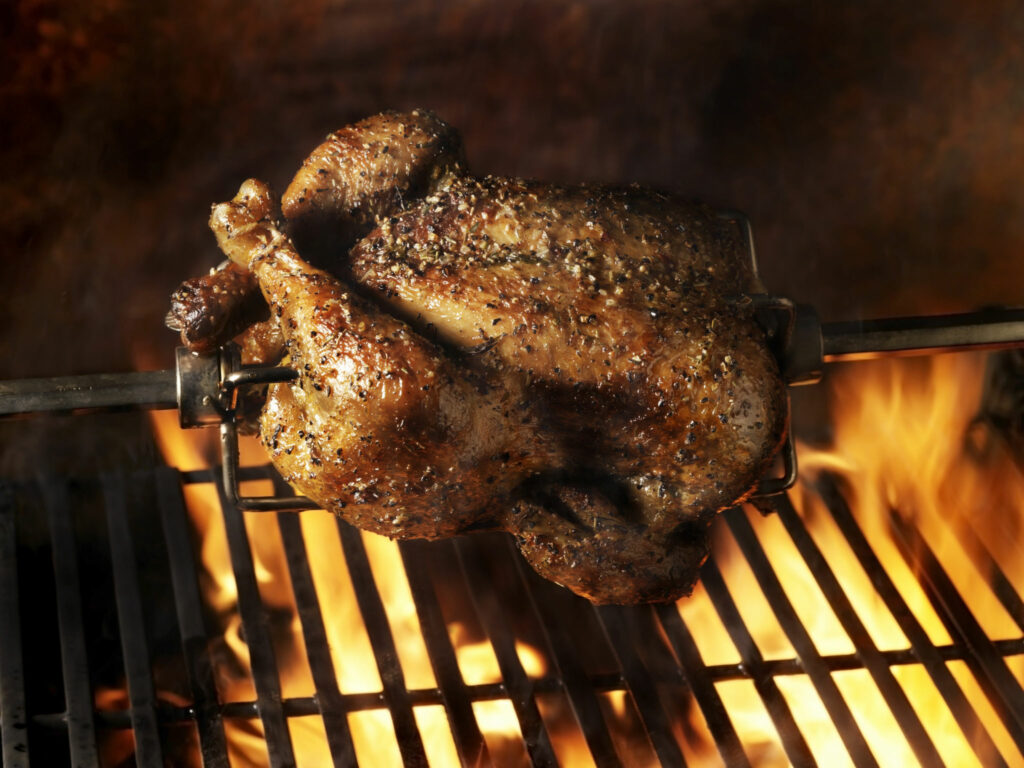
Now that you know the different ways to cook a turkey and the different types of turkey, it’s time to learn how to cook a turkey that will be juicy, tender, and delicious. Below, I will outline the steps for cooking a turkey.
1. Choose The Right Turkey.
When picking out a turkey, you will want to consider the size of the bird and the number of people you will be feeding.
A whole turkey is usually the best deal, but if you are cooking for a smaller group, a turkey breast or turkey pieces may be a better option. You will also want to make sure that your turkey is fresh. If you are buying a frozen turkey, make sure to thaw it properly before cooking.
2. Choose The Right Cooking Method.
As mentioned above, there’re three main ways to cook a turkey – oven, stovetop, or microwave. Choose the method that you’re most comfortable with and that will best fit your needs. For example, if you are cooking for a large group, the oven may be the best option. When you know how to smoke a turkey on a grill, you can make a delicious dish.
3. Preheat The Oven (If Using).
If you are cooking your turkey in the oven, preheat it to the proper temperature before adding the bird. This will help ensure that your turkey cooks evenly. In most cases, the oven should be set to between 325 and 350 degrees Fahrenheit.
4. Place The Turkey In An Oven-Safe Dish Or Pan (If Using An Oven).
If you are cooking your turkey in the oven, place it in an oven-safe baking dish or roasting pan. This will help to control the turkey from sticking to the pan and making it difficult to remove. On the other hand, if you are cooking your turkey on the stovetop, you will not need to worry about this step.
5. Add Liquid (If Cooking On The Stovetop Or In The Oven).
If you’re cooking your turkey on the stovetop or in the oven, you will need to add enough water or other liquid (such as broth) to cover the turkey. This will keep the turkey moist while it cooks. As a general rule, you should add about 1 cup of liquid for every 4 pounds of turkey.
6. Season The Turkey.
Season the turkey with salt and any other spices that you like. Be sure to season both the inside and outside of the bird. An easy way to do this is to place the turkey in a large resalable bag and then add the seasonings. Seal the bag and then massage the seasonings into the turkey.
7. Cook The Turkey.
Cook your turkey according to your chosen method – in the oven, on the stovetop, or in the microwave. If cooking in the oven, cook until the internal temperature of the turkey reaches 165 degrees Fahrenheit. Some people like to cook their turkey until the skin is golden brown and crispy. However, this is not necessary. Is turkey done at 165 or 180 degrees? The great debate goes on.
8. Let The Turkey Rest.
Once your turkey is cooked, release it from the heat and let it rest for 20-30 minutes before carving. It keeps the juices inside the bird, making it juicier and more flavorful. If you carve the turkey too soon, the juices will run out, and the meat will be dry.
9. Carve The Turkey.
When you are ready to eat, carve the turkey into pieces and enjoy! You will want to start by removing the legs and thighs. Then, remove the wings. Finally, carve the breast meat into slices. Turkey can be served with a variety of side dishes, such as stuffing, mashed potatoes, and gravy. Enjoy!
10. Save The Leftovers!
If you have any turkey meat leftover, be sure to save it for later. Turkey can be preserved in the fridge for up to four days or in the freezer for up to six months.
What’s The Best Way To Carve A Turkey?
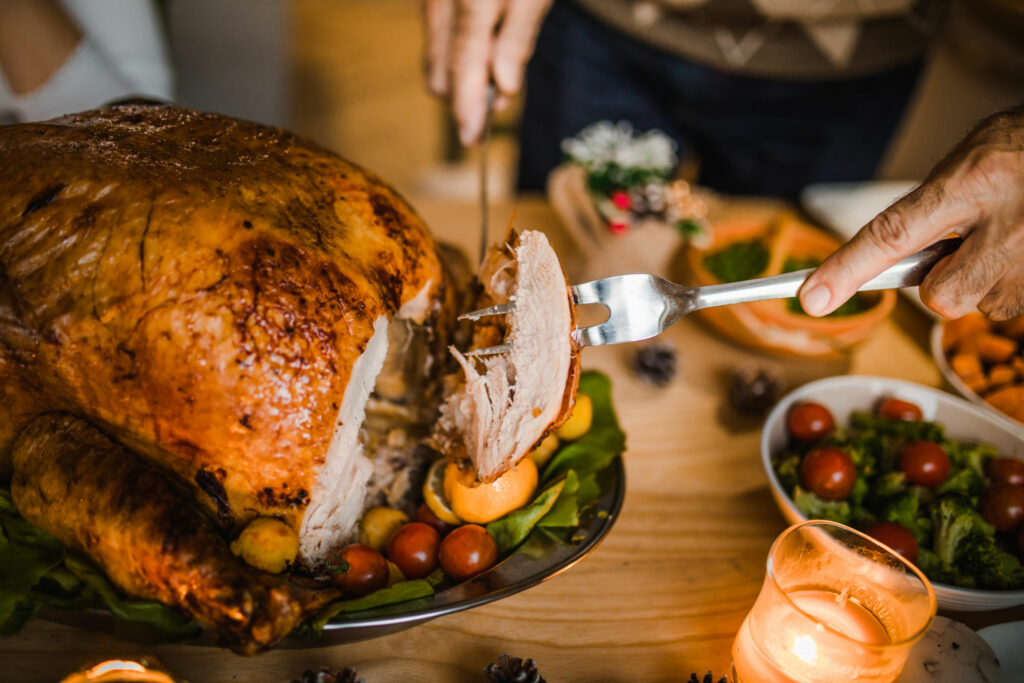
There are a few different ways to carve a turkey. I’m going to share three of the most popular methods.
· The first method is to remove the legs and thighs first. To do this, start by cutting through the skin that connects the leg to the body. Then, use your knife to cut through the joint that connects the leg to the hip. Doing this will allow you to easily remove the leg. Once the leg is removed, repeat the process with the other leg.
· Next, remove the wings. To remove a wing, start by cutting through the skin that joins the wing to the torso. Use your knife to cut down the connection between the wing and the shoulder. This will allow you to easily remove the wing. Repeat steps 2 and 3 with the other wing once you’ve removed it.
· Finally, cut the breast meat into slices. To begin, cut through the skin covering the breast. Slice the breast meat against the grain with your knife to produce delicate, tasty bites of meat.
Can I Reheat Cooked Turkey Leftovers?

Yes, you can reheat cooked turkey leftovers. However, it’s important to make sure that the leftovers are heated thoroughly to kill any harmful bacteria that may be present.
The most useful way to reheat cooked turkey is by using the oven or microwave. If you choose to use the oven, preheat it to 325 degrees Fahrenheit and cook the turkey for about 15 minutes. If you choose to use the microwave, cook the turkey on high for about two minutes per serving.
Conclusion
All in all, cooking a turkey may seem like an intimidating task, but it is really quite simple. By following these tips and using the tools, your turkey will come out perfect every time. So put on your apron, roll up your sleeves, and get started! Stay tuned with GrillCharms!
- The 9 Best BBQ Grills for Smoking Brisket - December 29, 2022
- 6 Mouth Watering Grilled Shrimp Recipes - September 16, 2022
- 6 Delicious Grilled Desserts - September 16, 2022
